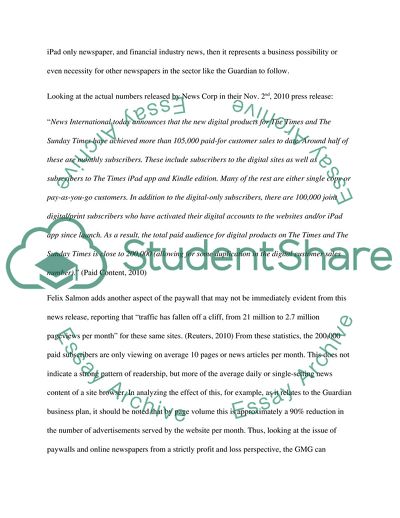Cite this document
(The Strategic Issue of Newspaper Paywalls Case Study - 1, n.d.)
The Strategic Issue of Newspaper Paywalls Case Study - 1. https://studentshare.org/marketing/1748077-the-strategic-issue-of-newspaper-paywalls
The Strategic Issue of Newspaper Paywalls Case Study - 1. https://studentshare.org/marketing/1748077-the-strategic-issue-of-newspaper-paywalls
(The Strategic Issue of Newspaper Paywalls Case Study - 1)
The Strategic Issue of Newspaper Paywalls Case Study - 1. https://studentshare.org/marketing/1748077-the-strategic-issue-of-newspaper-paywalls.
The Strategic Issue of Newspaper Paywalls Case Study - 1. https://studentshare.org/marketing/1748077-the-strategic-issue-of-newspaper-paywalls.
“The Strategic Issue of Newspaper Paywalls Case Study - 1”. https://studentshare.org/marketing/1748077-the-strategic-issue-of-newspaper-paywalls.


